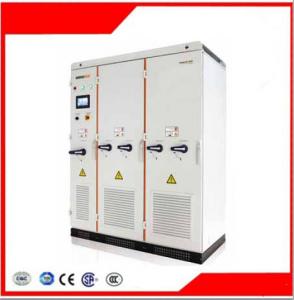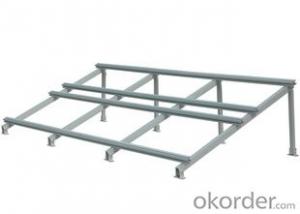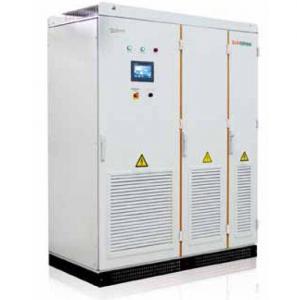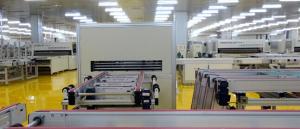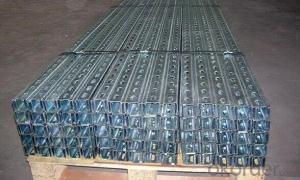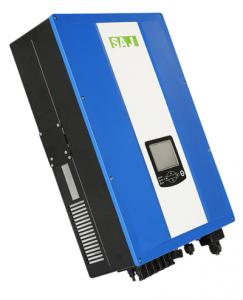Sungrow Solar Inverter
Sungrow Solar Inverter Related Searches
Sungrow Solar Inverter Price Sunway Solar Inverter Sunrun Solar Inverter Sunways Solar Inverter Sunpower Solar Inverter Sunshine Solar Inverter Suntech Solar Inverter Sungold Solar Inverter Sunpower Solar Panel Inverter Sun Solar Inverter Srne Solar Inverter Senergy Solar Inverter Synergy Solar Inverter Solar Solar Inverter Sma Solar Inverter Solar Smart Inverter Samsung Solar Inverter Solar Sma Inverter Sma Solar Technology Inverter Smart Solar Inverter Sma Solar Panel Inverter Solaredge Solar Inverter Smart Solar Power Inverter Solar Energy Inverter Solar River Inverter Sunny Solar Inverter Solar Light Inverter Solar Electric Inverter Glow Power Solar Inverter Sma Solar Micro InverterSungrow Solar Inverter Supplier & Manufacturer from China
Sungrow Solar Inverter is a high-performance product designed to optimize the conversion of solar energy into usable electricity. These inverters are engineered to maximize efficiency and reliability, making them a popular choice for various solar power systems. They are widely used in residential, commercial, and utility-scale applications, ensuring that the generated solar power is effectively harnessed and utilized. The versatility of Sungrow Solar Inverters allows them to be integrated into different types of solar setups, catering to the diverse energy needs of users.Sungrow Solar Inverters are known for their robustness and ability to withstand various environmental conditions, making them suitable for a range of usage scenarios. They are often deployed in off-grid systems, where they play a crucial role in managing the flow of power from solar panels to batteries and appliances. In grid-tied systems, these inverters facilitate the connection between solar panels and the electrical grid, allowing for the seamless exchange of energy. Their applications extend to hybrid systems as well, where they help in managing the power flow between solar panels, batteries, and the grid, providing a reliable and efficient energy solution.
Okorder.com stands as a prominent wholesale supplier of Sungrow Solar Inverters, boasting a substantial inventory to cater to the growing demand for these energy-efficient products. With a commitment to quality and customer satisfaction, Okorder.com ensures that customers have access to a wide range of Sungrow Solar Inverters at competitive prices. Their extensive stock allows for the prompt fulfillment of orders, making Okorder.com a reliable choice for businesses and individuals seeking to invest in sustainable energy solutions.
Hot Products











